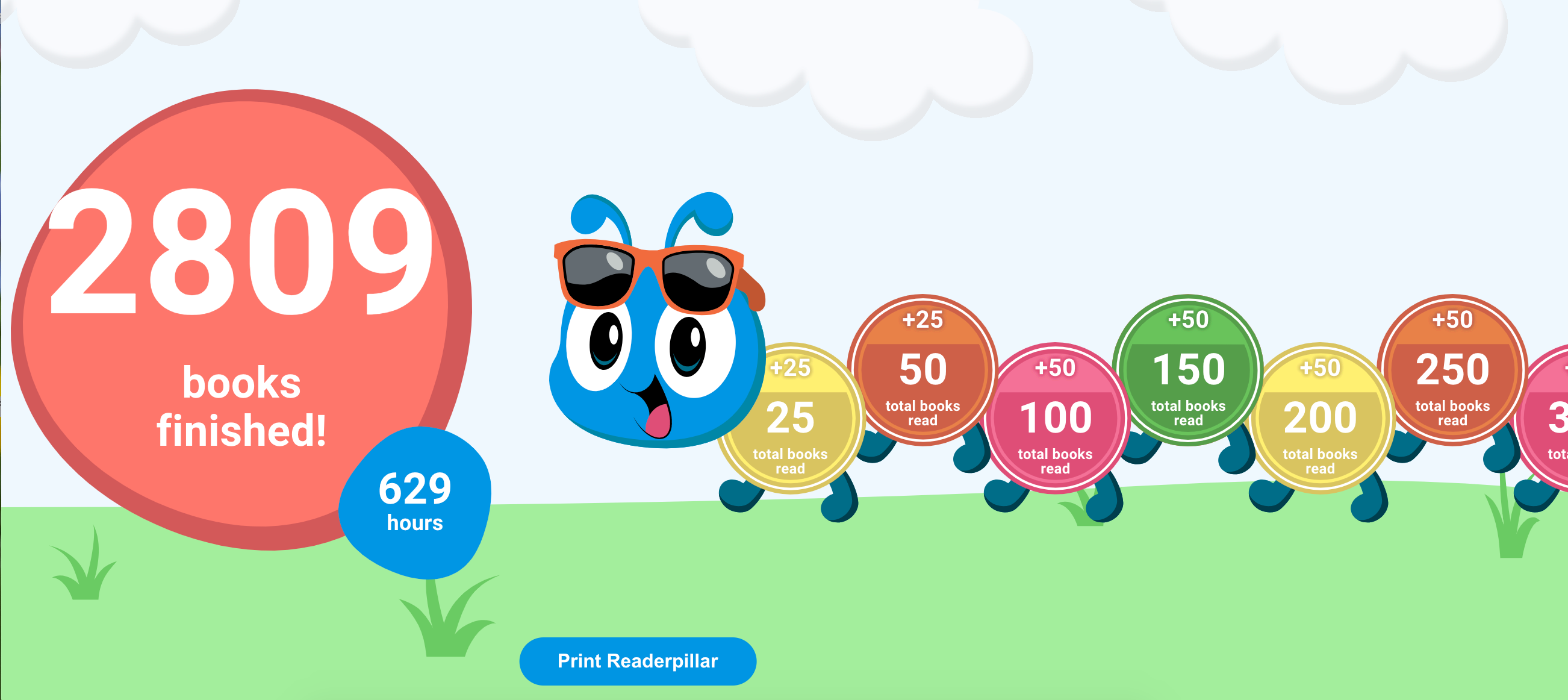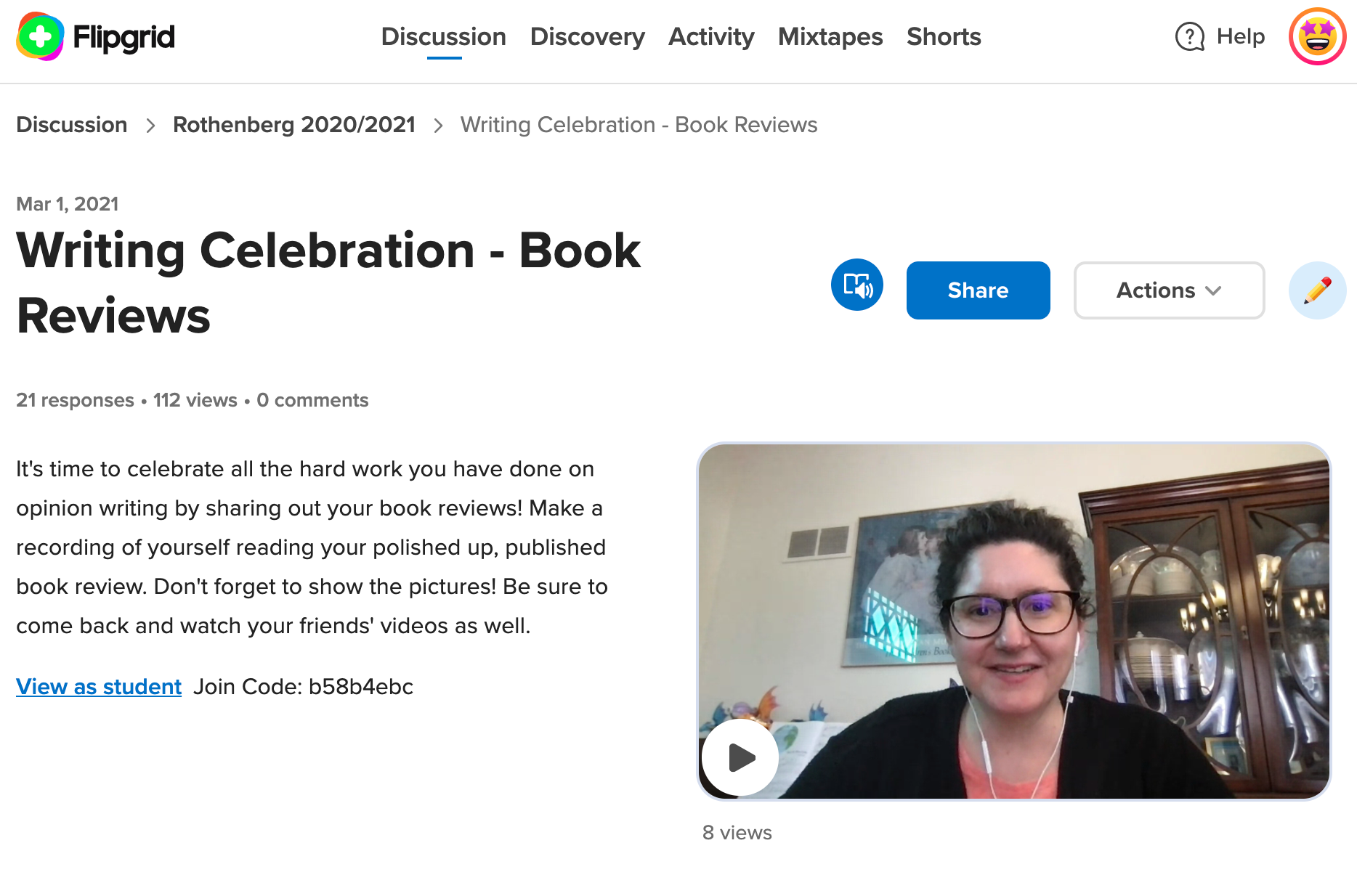I think the use of blockchain social media holds tremendous potential to enrich classrooms for older students but I think the technology has a long way to go before it is practical for use with younger students. I see the potential for blockchain to be used for gamification and competency-based learning as we have discussed in previous weeks. I have witnessed how enticing CBL gamified applications such as DreamBox, Prodigy, and Epic can be for young students.

Screenshot of my class “Readerpillar” on Epic.
Indeed, they are also appealing to older students and adults who use products such as DuoLingo for language learning. These platforms and applications could potentially be modified to make use of the blockchain and take advantage of its strengths and uses for tokenization and secure data storage.
Blockchain social media uses are a bit of a different story. For older students, I see great potential in using blockchain social media for discussions and literature circles. Students could post to share their thoughts or answer teacher prompts about books they are reading. Teachers could award tokens for meaningful contributions and students could respond and interact with each other. A limited number of comments or responses to peers could provide a sort of quality control and require students to be thoughtful about their responses and ensure equal participation among groups.
For younger students, it is a bit of a different story. Students who cannot yet read or write will struggle more with a social media style platform that is not as gamified as other platforms they are used to. I can envision a way it could work with a lot of technology innovations such as a visual layout that has audio prompts for students to get to the discussion boards. Students would also need to be able to dictate or record their thoughts if they are not yet able to type. I have used Flipgrid for something similar to this.

On Flipgrid, students record videos of themselves and their classmates are able to view the videos and comment. I have used it for students to share their writing with me and others. The technology and potential is there for a sort of Flipgrid/social media/discussion board hybrid for young students to benefit from a blockchain social media platform but it would take a significant amount of work to develop a practical and meaningful product.
I like your idea of creating a blockchain social media that can hold the same potential for younger students as it does for older ones. In early childhood classroom that support socio-constructive learning and reflective practice, it seems that having some kind of constructive social media forum could support the child’s learning in some really interesting ways. It seems to me that one of the challenges lies in creating or providing something that is developmentally appropriate, in addition to leveraging the use of tokenization and relying on data security via the blockchain. But perhaps that could be remedied by establishing a clear set of guidelines or norms up-front.
As far as how this might be designed or implemented, I think the ideas you have shared here are sound. As you point out, even if they were not able to read or write yet, young learners could still share their thoughts via audio or video recordings. And adapting the social media platform through gamification or visual learning adjustments makes good sense. In any case, this would make an interesting teacher research project, the results of which could then be used to drive a new product innovation. Who knows... maybe IDEO would be interested?